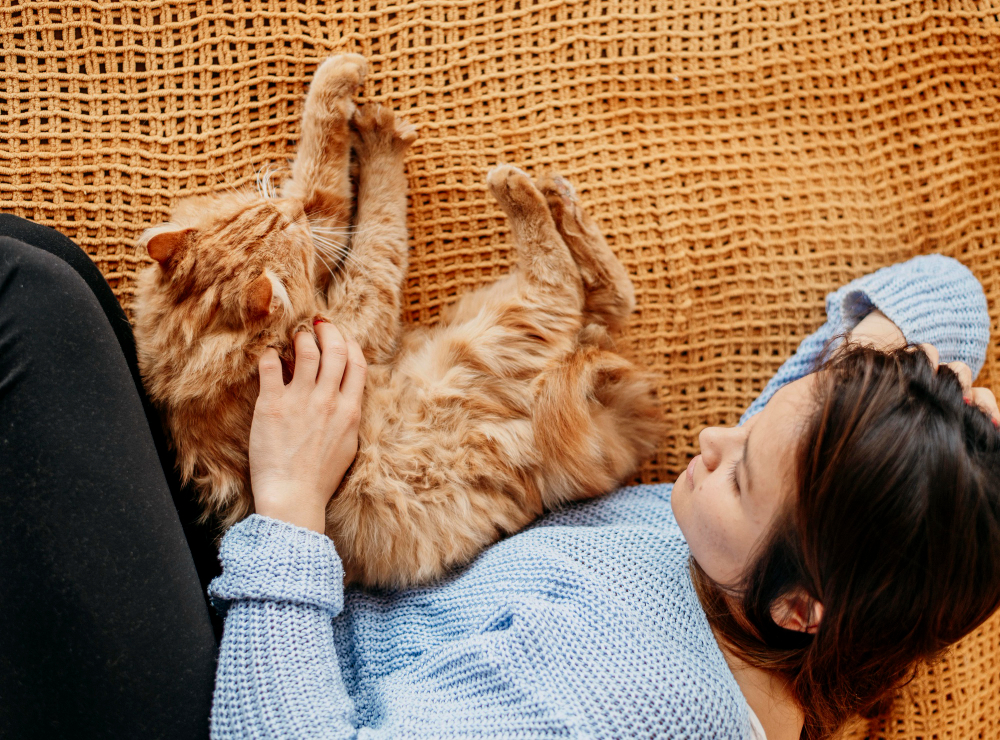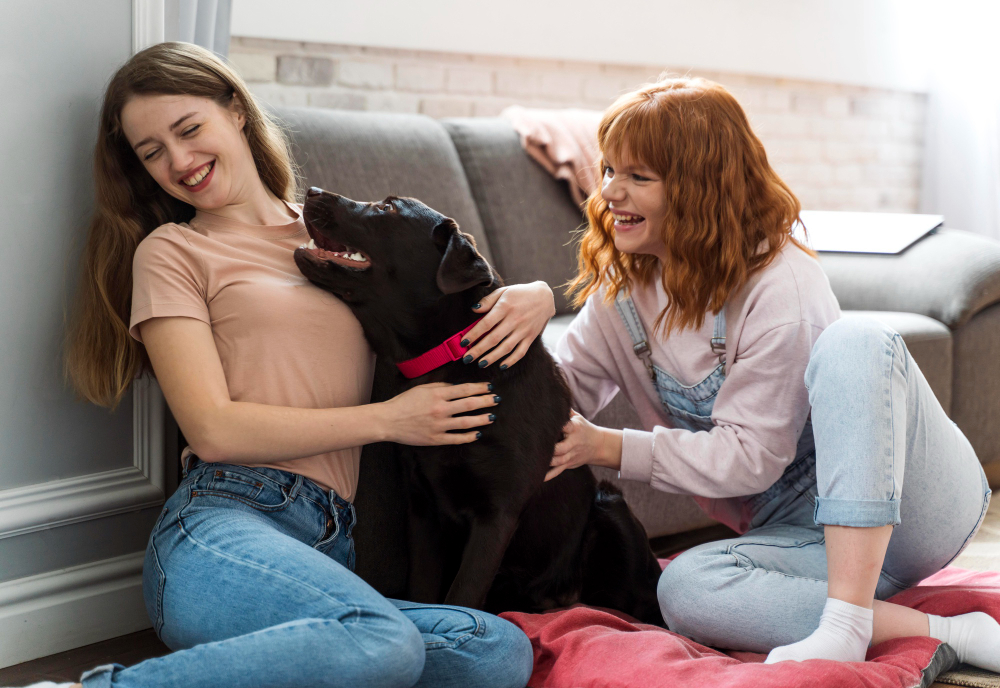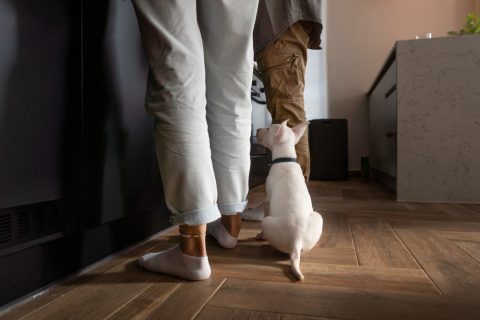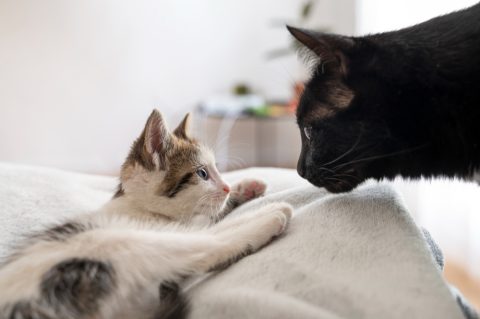It’s a familiar debate among pet owners: are dogs really more emotionally connected to humans than cats? Dog owners often gush about loyalty and unconditional love, while cat owners sometimes wonder if their feline companions even notice them.
This perception has sparked curiosity and conversation for years, and while many opinions are based on day-to-day experiences, emerging research helps shed light on the emotional behaviors of our furry companions. Understanding these differences can also help prospective pet owners choose a companion that better fits their emotional expectations.
Contents
Emotional Attachment: What Owners Say
Surveys of pet owners consistently show that people often feel stronger emotional bonds with dogs than with cats. Many describe their dogs as affectionate, empathetic, and attuned to their moods. Cats, on the other hand, are sometimes seen as distant or indifferent.
While these differences may feel personal, they’re widely reported. In conversations with pet owners living in pet friendly apartments and shared homes, it’s common to hear how dogs seek attention and react to their owners’ emotional states. Cats, in contrast, tend to keep their distance unless they want something.
A 2022 article published in Scientific American discusses how dogs, through millennia of co-evolution with humans, have developed a strong inclination toward social bonding. This has given them a natural advantage in interpreting human gestures and emotional signals—skills that cats have not developed to the same extent.
The Complexity of Canine Emotions
Dogs have evolved alongside humans for thousands of years, and this shared history may play a role in how we perceive their emotional depth. Many dog owners report behaviors that suggest empathy—like a pup lying beside you when you’re upset, or reacting with joy when you’re happy.
These reactions align with what researchers refer to as complex social emotions, such as compassion and sympathy. According to studies cited by the NIH, dogs are particularly sensitive to human cues, responding to sadness or distress with comforting behaviors. This may explain why dogs are more frequently used as emotional support animals and in therapeutic settings like the Pet Resource Center of Kansas City and HomeAgain Pet Recovery programs.
Dogs are also more attuned to attention. If you look at them, they respond. If you speak softly, they might approach. Their willingness to engage often strengthens the emotional loop between human and dog.
Feline Independence or Emotional Subtlety?
Cats aren’t necessarily emotionless—they just express themselves differently. While they may not react dramatically to your mood swings, they can still form strong bonds. A gentle purr or a slow blink can indicate affection in cat language.
However, cat owners often note that their pets don’t respond to emotional cues the same way dogs do. Some even question if their cats notice when they’re sad or stressed. This perceived detachment may contribute to the idea that cats are less emotionally involved.
Still, there’s growing research suggesting cats may be more emotionally intelligent than we once thought. In a 2019 study published in Current Biology, cats were shown to form secure attachments to their owners similar to those observed in dogs and even human infants. But their signals are subtle—making it easy to overlook their affection.

Observations Over Experiments
Most of what we know about pet emotions comes from observations rather than lab experiments. Pet owners, who interact with their animals daily, are uniquely positioned to notice subtle patterns. Their input, while subjective, adds valuable context to the conversation about emotional bonds.
In a world where pet wellness exams, pet friendly furniture, and even pet odor eliminator sprays are part of daily routines, understanding how pets engage with us emotionally is more relevant than ever. Our expectations also matter. If we seek constant affirmation, we may feel let down by a cat’s quiet companionship—even if the emotional bond is strong.
Choosing a Pet That Matches Your Emotional Needs
Whether you’re looking for a companion to share emotional highs and lows or simply enjoy the quiet presence of an independent animal, understanding species differences helps. Dogs may be the right choice if you value active emotional exchange. If you prefer a quieter, more self-reliant companion, a cat might be your perfect pet.
It’s also worth considering life stage and lifestyle. Seniors or people who work from home might appreciate a dog’s attentiveness. On the other hand, busy professionals who live in pet friendly apartments might find a cat’s independence easier to manage. Just like some humans crave interaction while others value solitude, pets bring different emotional energies into the home.
Appreciating Both Sides
In the end, emotional connection varies from pet to pet. Some cats are snuggly socialites, while some dogs are reserved. The key is to observe and appreciate your pet’s unique personality—and to build trust, no matter the species. Tools like pet wellness exams and regular check-ins can also help identify behavioral shifts that may be emotionally rooted.
Ultimately, bonding is less about species and more about effort, patience, and mutual respect. For many, the choice isn’t even one or the other—many households enjoy the joy of both cats and dogs.
Some owners even go a step further, customizing their pet’s environment with accessories like pet safe furniture, pet friendly couches, or even personalized items like custom pet pajamas. These thoughtful additions not only enhance the pet’s comfort but can also foster a stronger sense of belonging and security in the home.
In the realm of emotional connection, the question isn’t whether dogs or cats feel more—but how we, as humans, learn to recognize and respond to those feelings.
Curious how cats’ independence influences these emotional dynamics? Read our follow-up piece: Do Independent Cats Form Emotional Bonds?









